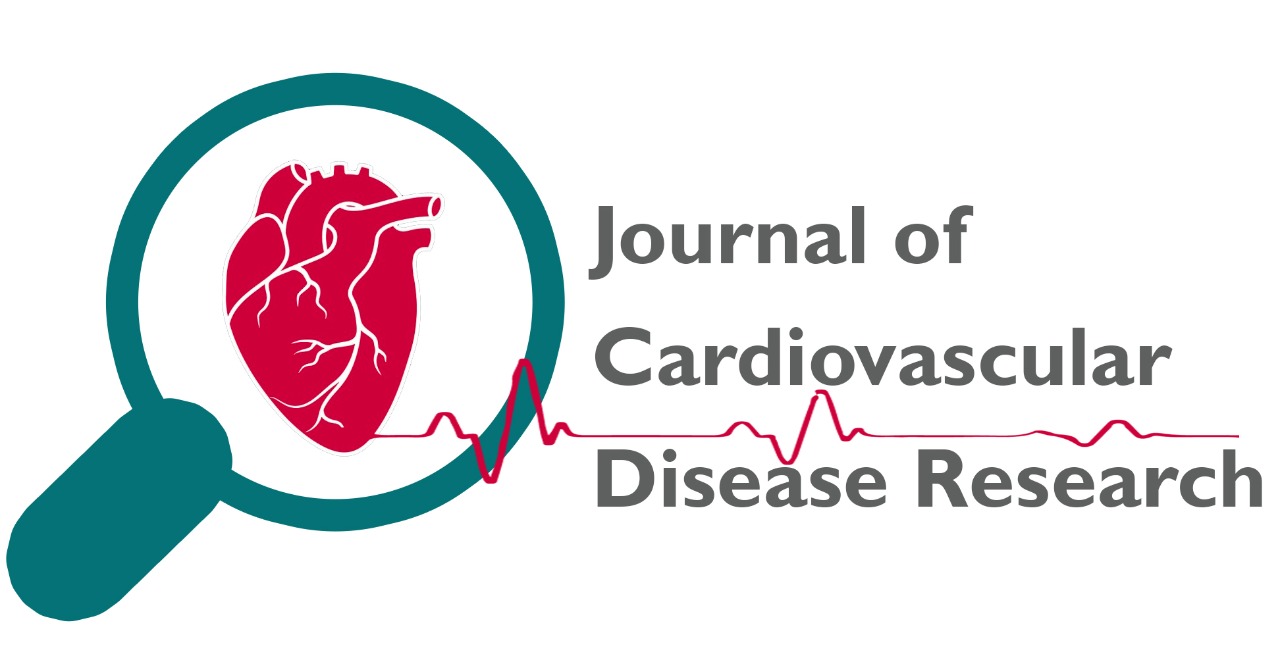
Ocular Manifestations in Childeren with Developmental Delay-Clinical Study
Dr. P.S.V. Saleem Basha Dr. Balla Vidya Sagar, Dr. G.Mounika
JCDR. 2023: 1509-1515
Abstract
The purpose of this study was to investigate the various causes of visual morbidity in children aged 6 months to 5 years who had delayed milestones, with the goal of improving early detection of ocular abnormalities in these children. Methodology: This study was performed in children aged 6 months to 5 years, with delayed developmental milestones, who attended the Ophthalmology out-patient department (referred from Paediatric O.P.D.). Results: In our study, we have concluded that, 73 out of the 100 children had ocular manifestations. The most common ocular manifestation is refractive error (53%), which when treated as early as possible, can prevent the development of amblyopia. The second most common manifestation was strabismus (21%), which is again a treatable cause of visual impairment. The one other treatable cause of blindness was cataract, which was seen in 2% of the cases. Other manifestations seen were nystagmus (3%), optic atrophy (4%) and CVI (2%). Among the children with ocular manifestations, 15 had antenatal events, 15 had history of preterm birth and 36 had history of perinatal risk factors, most common being perinatal asphyxia, which was commonly seen in association with optic atrophy, nystagmus and CVI. The most common form of developmental delay was Global developmental delay (59%). In a child with developmental delay, it becomes crucial to help the child lead a normal life, personally, socially and academically. Thus it is very important toscreen these children for associated ocular abnormalities, when uncorrected, can impede the normal activities of their daily life. It is also important to diagnose the preventable risk factors at an early stage. Conclusion: Our study concluded that, a complete ocular examination should become an integral part of clinical work up of all children with delayed milestones, even if there is no evidence of gross ocular dysfunction. Early recognition of such abnormalities may prove critical in managing all cases that are amenable to treatment.
Description
Volume & Issue
Volume 14 Issue 8
Keywords
|
This is an open access journal which means that all content is freely available without charge to the user or his/her institution. Users are allowed to read, download, copy, distribute, print, search, or link to the full texts of the articles in this journal without asking prior permission from the publisher or the author. This is in accordance with the Budapest Open Access Initiative (BOAI) definition of open access.
The articles in Journal of Cardiovascular Disease Research are open access articles licensed under the terms of the Creative Commons Attribution Non-Commercial License (http://creativecommons.org/licenses/by-nc-sa/3.0/) which permits unrestricted, non-commercial use, distribution and reproduction in any medium, provided the work is properly cited. |
|
|
|
|
|
Copyright � 2022 Journal of Cardiovascular Disease Research All Rights Reserved. Subject to change without notice from or liability to Journal of Cardiovascular Disease Research.
For best results, please use Internet Explorer or Google Chrome POLICIES & JOURNAL LINKS
Author Login
Reviewer Login About Publisher Advertising Policy Author's Rights and Obligations Conflict of Interest Policy Copyright Information Digital Archiving & Preservation Policies Editorial Policies Peer Review Policy Editorial & Peer Review Process License Information Plagiarism Policy Privacy Policy Protection of Research Participants (Statement On Human And Animal Rights) Publication Ethics and Publication Malpractice Statement Corrections, Retractions & Expressions of Concern Self-Archiving Policies Statement of Informed Consent Terms of Use |
Contact InformationJournal of cardiovascular Disease Research,
|




